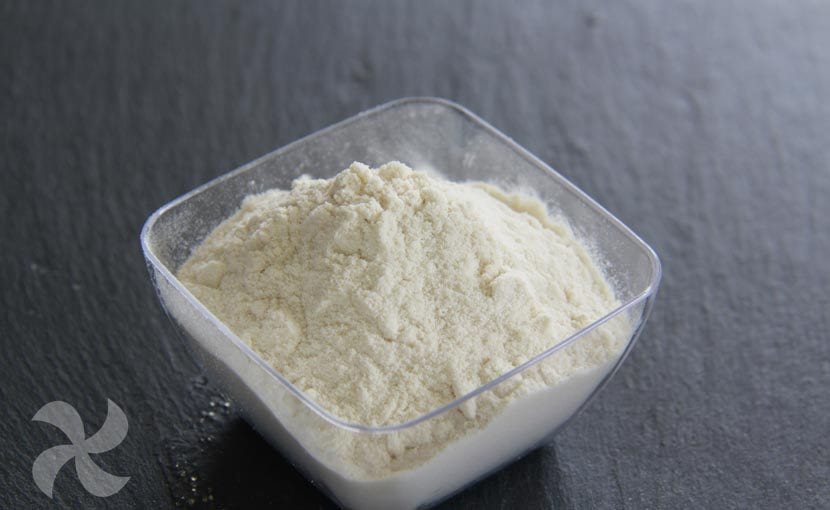
Following the recipe of natural petit suisse muchos you asked us about agar (buy it), so we have decided to share with you everything we know about this ingredient. So you will surely lose your fear and experiment to make your own recipes.
To know it well we have to start by explaining what it is. Agar is short for Malay agar-agar, which It is a mixture of several different carbohydrates and other materials that are extracted from various genera of red algae. We usually find it in supermarkets or specialized stores in powder form, although it is also available in strands or fibers. The one I use is powdered and I can assure you that it spreads a lot because only small amounts are used.
For what do you use it?
It is usually used in the kitchen as a thickener and gelling agent But it doesn't work like the animal-based gelatin we are used to using.
However, the threads or fibers can be eaten without cooking and are often used in cold salads, just soak them and cut them to the size of a bite.
El agar powder it has many uses. The normal thing is to use it in hot or cold jellies, although it is used for many things such as custards, puddings, curds, ice cream, jams, compotes, cakes. Even as an egg substitute.
How is agar used?

We must bear in mind that agar has a thickening or gelling capacity much higher than gelatin of animal origin. And it doesn't work the same either.
It is best to heat the base liquid to be able to dissolve the agar well. The base liquid can be water, broth, fruit juice or whatever you want to solidify. We can also add it to the cold liquid and heat it or add it once the liquid is at the soft boiling point, in this case remember to add the agar in the form of rain to avoid lumps.
The mixture will be set around 38º. And here comes the difference with normal gelatin, which sets and melts at almost the same temperature. However, the agar to melt has to reach 85º, that is why the gelatins with this ingredient do not melt in the mouth.
How much to use?
As I mentioned before, very small amounts of agar are used due to its high gelling power. So depending on the texture that we want to give to our dish, we will use more or less grams.
To give you an idea, if we want a soft texture we can gel a 1 liter of preparation using between 2 and 4 grams of agar. On the other hand, for a hard texture we will use between 5 and 10 grams.
Can you substitute normal traditional gelatin for agar?
Yes, it can be substituted. In fact the agar It has more uses than normal gelatin because it withstands heat better. But remember that for the same texture you need less quantity. With 2 grams of agar you will get the same texture as if you use 9 of powdered gelatin or 6 sheets. This equivalence can help you, especially at the beginning, to make those recipes in which until now you used traditional gelatin with agar.
Where can it be purchased?
Years ago the agar only used by experienced cooks but it is one of those ingredients that has become popular among foodies. Especially among the vegan community since, being of plant origin, they can consume it.
Thanks to its popularity today it is easy to find in Asian supermarkets or health food stores. If you prefer to buy it without leaving home you have it on amazon. This Spanish company sells all kinds of algae and also powdered agar.
And now that you know everything about agar, you are sure to want to prepare delicious dishes and surprise with new textures ... do you dare?
More information - natural petit suisse
Source - http://www.albertyferranadria.com / «The kitchen and the food» by Harold McGee